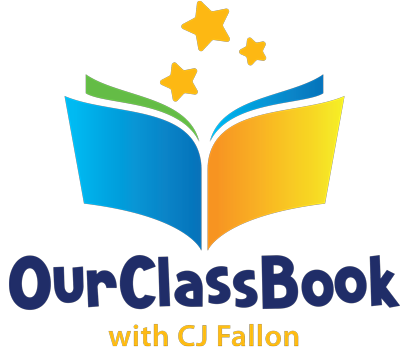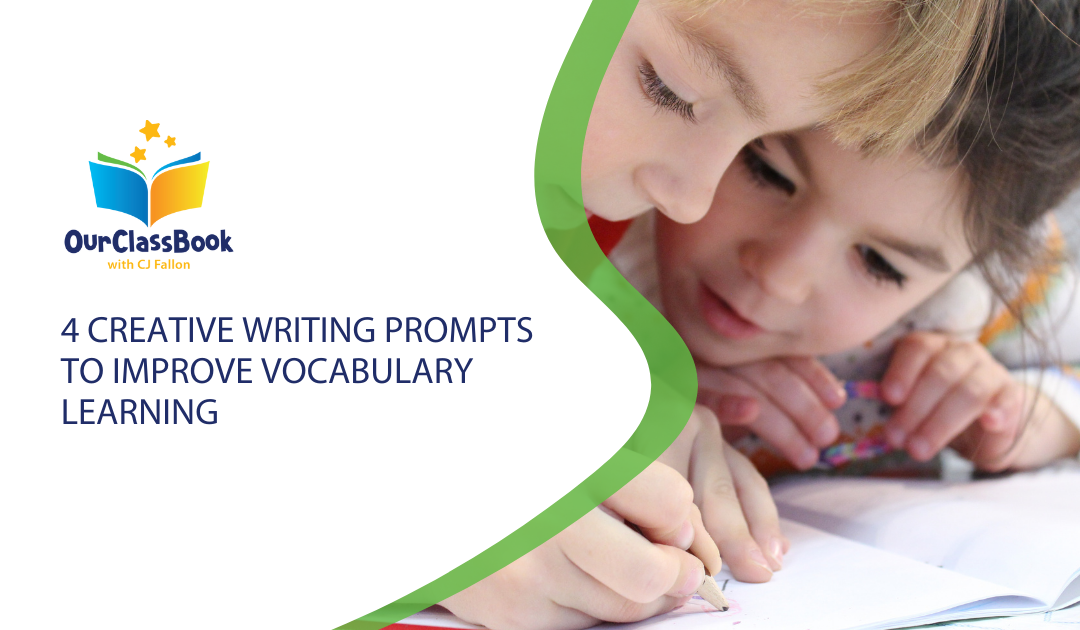Vocabulary is essential to a child’s development as it helps them describe the world around them and provides unlimited access to new information and adventures. Teaching vocabulary can be a frustrating task, but it doesn’t have to be. As always, learning is easier when it’s fun!
The following four creative writing prompts are designed to improve your students’ vocabulary and communication skills.
Writing Prompt #1: Word Wall
Developing new vocabulary involves more than just looking up words in a dictionary and learning them off by heart. Creating a word wall with your students can be a fun classroom activity and can offer an opportunity to improve your students’ communication skills. Here is how to do it: 1) Simply handwrite a list of words in large letters on a wall where students can see them every day. 2) Get your students to add their definitions and practice using these words in sentences. To take the project even further, encourage your students to go on a “word hunt” for new words they are unfamiliar with in their daily lives and add them to the wall.
Project idea: Start your word wall project at the beginning of the new term and keep adding to it until the end of term comes near. Once the term is nearly over, get your students to choose 5 to 10 of their favourite words from the wall and incorporate them into a creative writing prompt like a poem or a short story. Publish all your students’ ideas in one, beautifully-bound classbook.
Writing Prompt #2: Make Mind Maps
Connecting words to meanings and creating associations is a fun and effective way to increase your students’ vocabulary. Why encourage your class to use their newly learned words to describe their lives at home?
Here are some examples of sentences highlighting the use of new vocabulary.
The English project Ms O’Connor assigned is a culmination of everything we have learned this semester. Thank goodness we get to work with a partner!
My dog, Harry, doesn’t enjoy most of his food, but he has an insatiable appetite for ham.
Project idea: After your students have written down their associations with their newly learned words, encourage them to draw pictures representing these words and their meanings. What does a dog with an insatiable appetite for ham look like? Once every student has finished both their sentences and pictures, make their day and publish their writing prompts in a professionally-bound classbook.
Writing Prompt #3: Create RAFTs
If you really want your students to think outside the box, assign them certain roles they need to take as part of their writing prompt in the form of “RAFTs”. To do so, assign your students 1) a point of view from which to write, 2) an audience to write to, 3) a format and 4) a topic. Within the writing activity, ask them to use a certain amount of vocabulary they have learned. For example, a RAFT could look like this:
Role: Famous soccer player
Audience: Your fans
Format: Thank you letter
Topic: Being grateful for the outstanding support received in the last match that led to your team winning the world cup
Project idea: Create several options that your students can take on and allow them to choose the one they like best. Encourage them to write their letters and highlight the vocabulary they have learned in it. To top it off, ask your students to draw a picture to accompany their letter and publish all your students’ stories in a fun, professionally-bound classbook.
Writing Prompt #4: Use Word Poems
Encourage your students to create a “diamante” poem, by writing the vocabulary word on the first line and a synonym on the very last line. The lines in between should have various types of context clues and connections of this word such as adjectives, verbs, or nouns. In order to come up with these connections, students will need to get creative and explore synonyms, deepening their vocabularies and associations with the words.
diamond
shiny, sparkling
glittery, valuable, decorative
Bright, iridescent
jewel
Project idea: Get each student to choose a word from a compiled list of words and ask them to brainstorm all connected words that come to their mind. After they finish, ask them to create a diamante poem of that word with all connected adjectives, words, and nouns they deem most relevant. Combine the projects with drawings and clipart of your students’ work and publish it as a fun, professionally-bound classbook!
Publish your own professionally-bound classbook!
With these fun writing activities, expanding students’ vocabulary need not be a boring chore, but rather a brand-new adventure that helps your students master key vocabulary in a world of their own.
Create an exciting event for your students by publishing their stories and new vocabulary as a classbook that your students can always refer back to. Get started today by ordering our easy-to-use classbook publishing kit!

